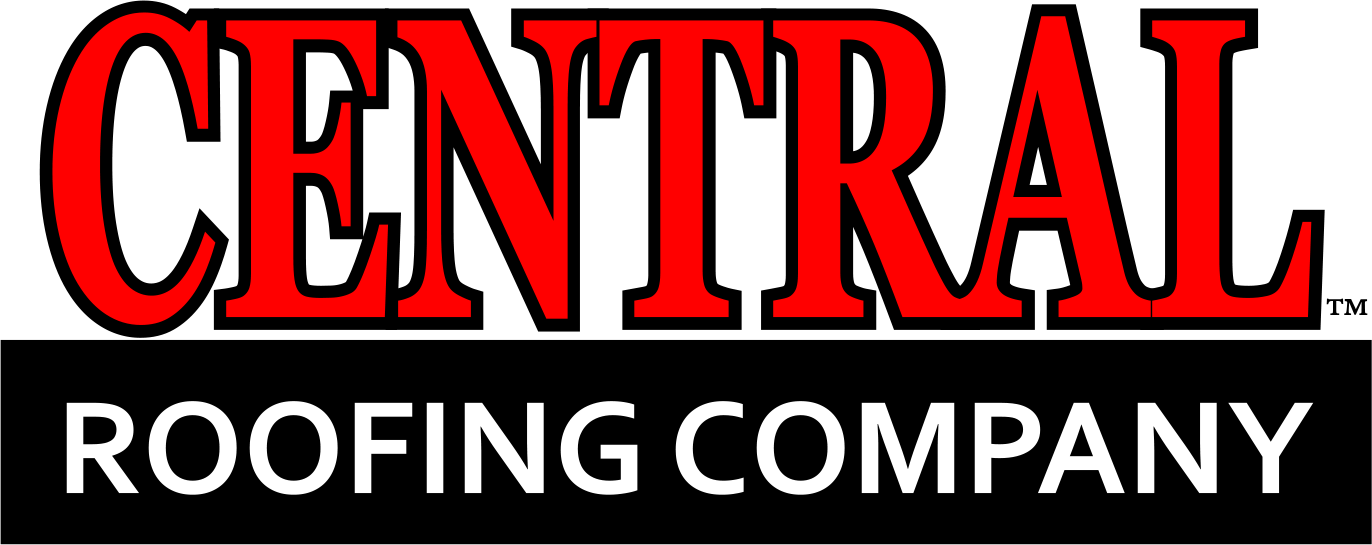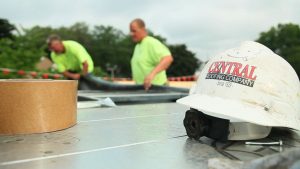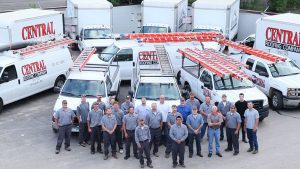Understanding Green Flat Roofs
Many believe that turf or grass rooftops are not a new trend. In fact, they have been around since the late 8th century to mid 11th century. The manner in which green roofs are made involves the depositing of topsoil or other growth material on roofs and seeding them.
When it comes to maintenance, the process is fairly simple. It entails a visible inspection and the removal of large rooting plants. These types of roofs offer the ideal cover and serve as effective UV light barriers for the roof waterproofing membrane. With certain systems, manufacturers dictate that the roof barrier membrane be placed above the waterproofing membrane.
One issue that is usually associated with large green roofs is the risk of fire spreading across sections of dry grass and plants, especially during the summer. There are several countries that stipulate the presence of fire barrier areas made of wide stripes of gravel that have a decorative touch to them.
Sedum is popular due to its easy transportation and few maintenance requirements. It is a succulent plant that stays close to the ground during its growth. It has mild roots that do not harm the waterproofing membrane and experience color changes ranging from green to brown and purple.
Green roof water buffering
Inner city areas tend to experience issues of flash floods and water run-offs. This is because the rainwater pipes in these places are less likely to cope with such weather conditions due to the high number of buildings. This leads to water backing up in the pipes from rain showers. One of the most effective ways of buffering rainfall is having green roofs fitted. They will help resolve the matter by absorbing the rain into the soil and runoff will reduce gradually as the roof becomes soaked.
Reference:
Flat roof. (n.d.). In Wikipedia. Retrieved January 6, 2017, from https://en.wikipedia.org/wiki/Flat_roof






